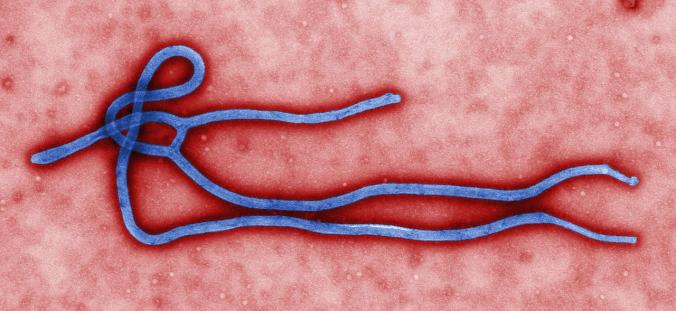The New York Times, March 2, 2015
Thirty-four years ago, doctors in Los Angeles discovered that some of their patients were succumbing to a normally harmless fungus. It soon became clear that they belonged to a growing number of people whose immune systems were hobbled by a virus, eventually known as human immunodeficiency virus, or H.I.V.
To date, an estimated 78 million people have become infected, 39 million of whom have died.
As the true scale of the virus’s devastation began to emerge, a number of scientists set out to investigate its origins. Piece by piece, year after year, the scientists reconstructed its history. Their research slowly revealed that the virus did not make a single leap from animals, but several.
Continue reading “Two Strains of H.I.V. Cut Vastly Different Paths”
